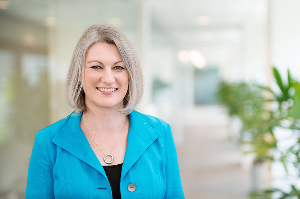
It will raise the official cash rate by 50 points for a fourth time, using a step-change that was virtually unheard of in previous years.
This will push the OCR to 3% and is a near universal expectation from bank economists. The only debate is where and when it will all stop.
ASB economists are blunt: “Like a Rocket Lab launch, the OCR has been shooting up this year.”
Quoting the bank's own language, they expected to see a “resolute” commitment to getting inflation back in the 1% to 3% target band and continued intent to tighten (monetary policy) “at pace”.
The ASB economists think this trend will continue til the OCR reaches 3.75%, with one more 50 point rise to come, then another at the more traditional 25.
Westpac acting chief economist Michael Gordon also expects another 50 point rise next Wednesday, saying this argument had been “a settled matter for some time”.
“The need for a continued strong response to inflation has been all too apparent,” he said.
But Gordon differed from his ASB colleagues by predicting a 4% end point, not 3.75%.
And he suggested that moving “at pace” was becoming becoming more optional, since successive large rate hikes had narrowed the gap between where the RBNZ is and where it needs to be.
ANZ chief economist Sharon Zollner is also forecasting a 50 point rise in the OCR next week. And, like their Westpac colleagues, they think the OCR rises will not stop until it reaches 4%.
They blame several factors, including a strong Australian labour market enticing workers from New Zealand, making this country's own plight even worse.
Meanwhile, the RBNZ will also be watched for any comments it makes on US inflation and world oil prices easing, possibly in response to recessionary fears.
At issue here is whether or not this indicates that the anti-inflationary struggle might be approaching its turning point.





Comments
No comments yet.
Sign In to add your comment